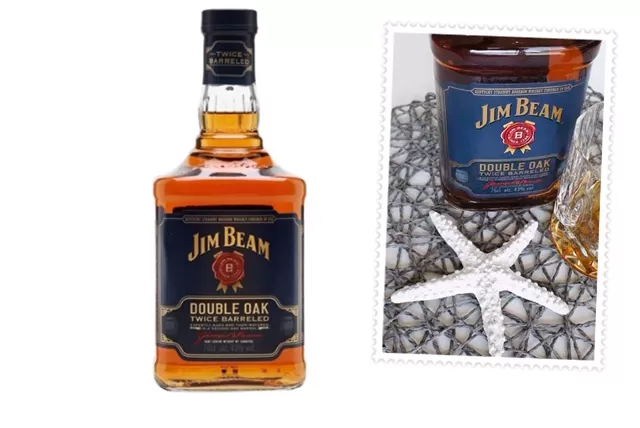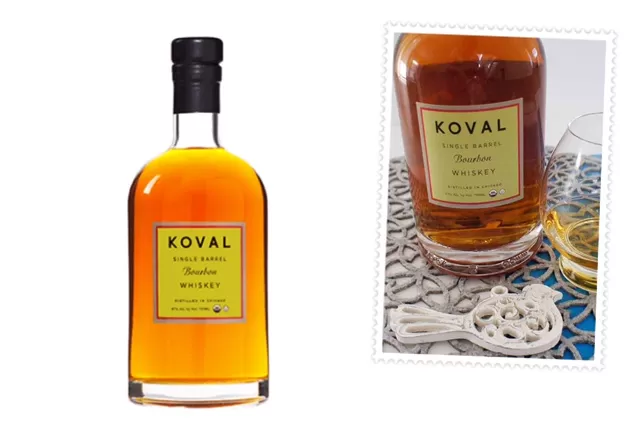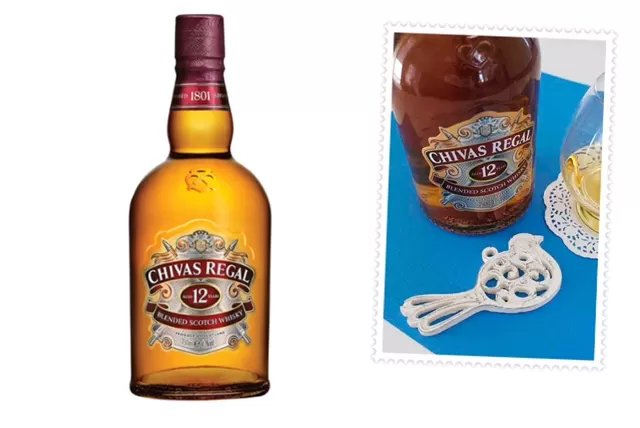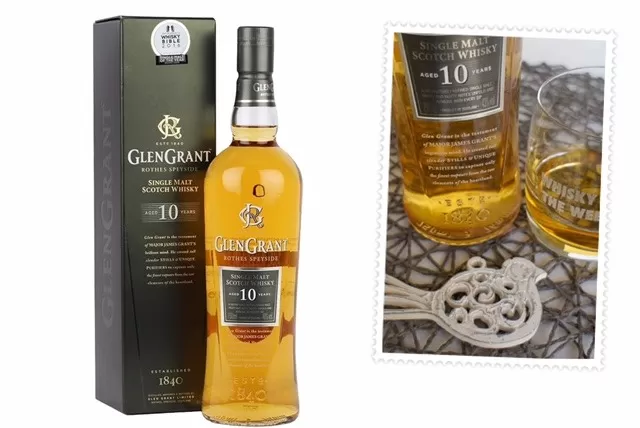Toor Whisky
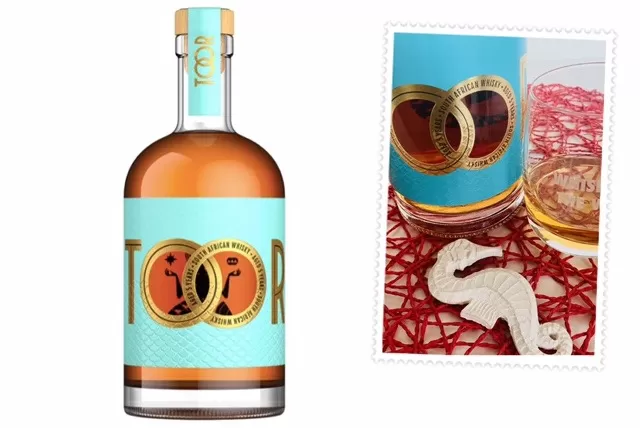
I saw a colourful bottle of whisky on social media. The label was a vibrant turquoise blue with a captivating name; Toor whisky. In Afrikaans, my home language, the word means bewitch. I was fortunate to be sent a bottle by Redford Beverages, so today, let’s look at the story behind this bewitching brand.
Read More »Toor Whisky
